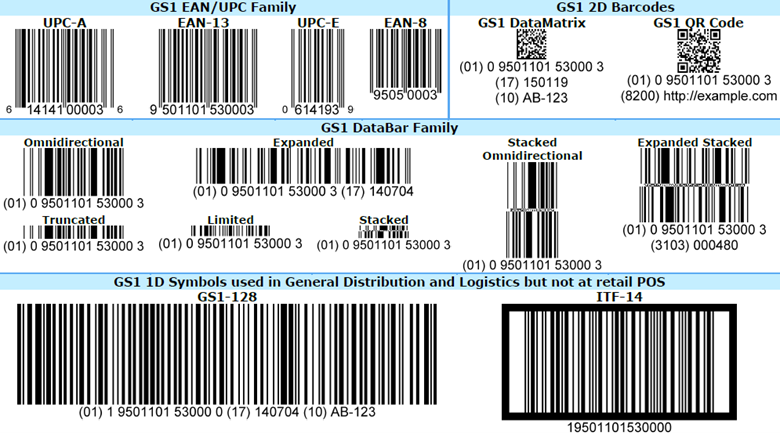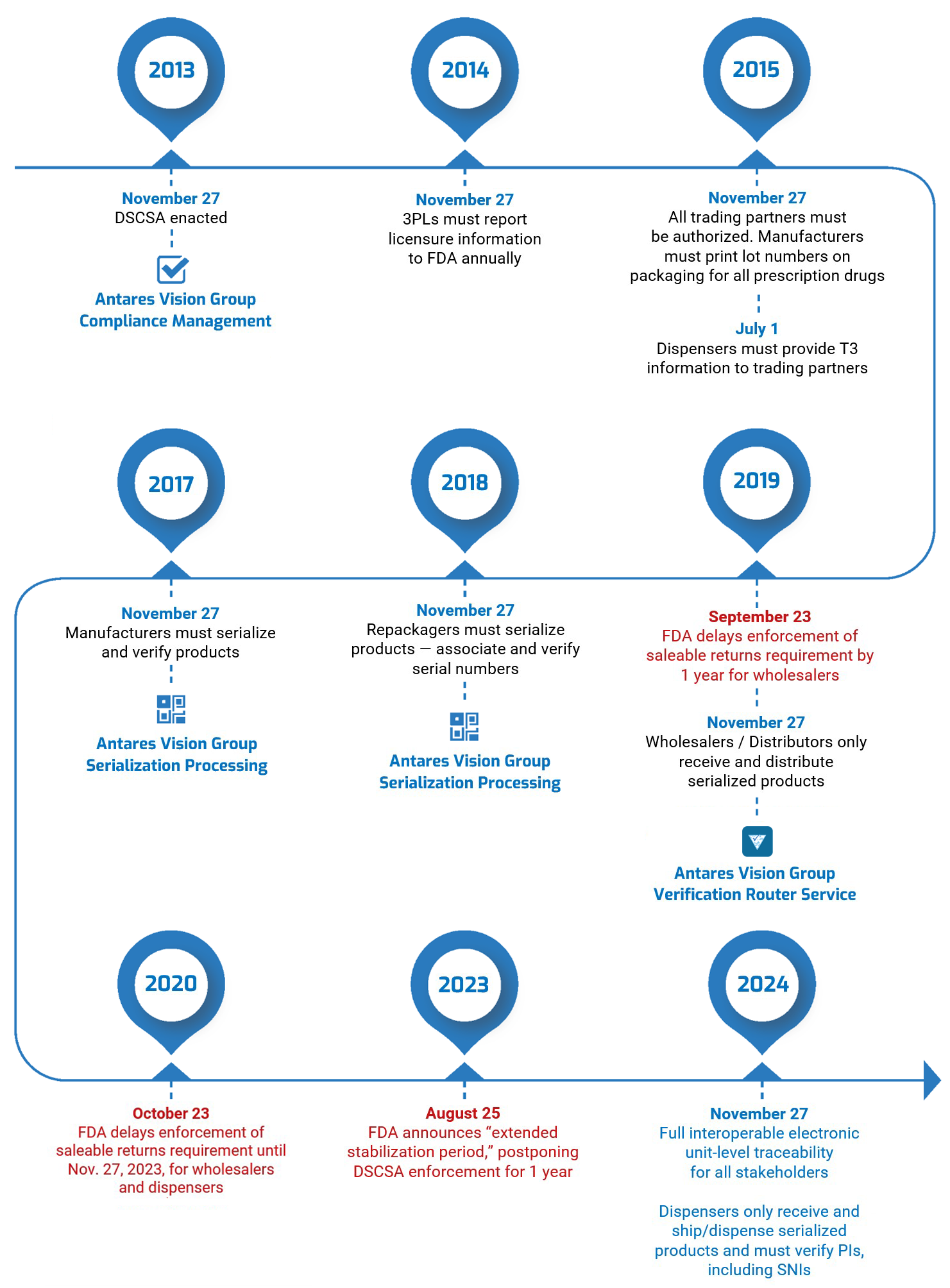Counterfeit cosmetics have boomed during the pandemic. Not that they’ve ever not been in fashion among the criminal set. But recent research shows a renaissance, a proliferation of often dangerous fakes readily available to more people and through newer channels.
We just published a white paper about the global cosmetics market. It has a section about counterfeit cosmetics, and now we want to keep the conversation going with more information about this global problem. Here we go.
The statistics reveal “a worrying threat”
In “Global Trade in Fakes: A Worrying Threat” (June 2021), the Organisation for Economic Co-operation and Development (OECD) reported that the global value of counterfeits and pirated goods amounted to as much as $464 billion in 2019, or 2.5 percent of world trade.
Worldwide, there were “consistently” more than 130,000 customs seizures of counterfeit and pirated goods annually in 2017, 2018, and 2019. “Overall,” the report continues, “the unified database on customs seizures of IP-infringing goods includes almost half [a] million observations.”
In 2017 and 2018, counterfeit cosmetics and perfumery products accounted for about 4 percent of all customs seizures. That rose to just under 10 percent in 2019 — a considerable jump in a very short time. Furthermore, cosmetics and perfumery products were among the Top 5 products “targeted by counterfeiters” every year from 2011 to 2019. (The others were articles of leather, clothing, footwear, and watches.)
What toll do counterfeit cosmetics take on the industry’s fiscal health? One report shows that annual sales losses from counterfeiting in cosmetics and personal care products sector amounted to 4.7 billion euros, or about $5.3 billion.
Our brand protection series talks more about counterfeits. It’s a real problem that every industry, some more than others, must contend with.
Counterfeit cosmetics in a huge global market
According to a Fortune Business Insights report published in September, the cosmetics market was worth $277.67 billion in 2020. Despite an overall decline in sales during the pandemic, the market is projected to grow to $415.29 billion by 2028.
The market has responded to consumer demand for a wider variety of products, and online shopping has added an ease of access. Online shopping will drive the market and, according to industry watchers, could account for nearly 30 percent of global beauty sales by 2026.
However, the dramatic shift from in-person to online purchasing during the pandemic has emboldened criminals to churn out more and more counterfeit cosmetic products. As OECD put in its “Global Trade in Fakes” report, “Under confinement, consumers turn to online markets to [fulfill] their needs, driving significant growth in the online supply of a wide range of counterfeits.”
Research from the U.S. Department of Homeland Security supports this finding. Its “Combating Trafficking in Counterfeit and Pirated Goods” report (January 2020) noted that “Selling counterfeit and pirated goods through e-commerce platforms and related online third-party marketplaces is a highly profitable venture.”
The threat to businesses and consumers
Counterfeit cosmetic products are a real threat to manufacturers and consumers. The bogus goods mimic the original, undercutting company sales. They bypass quality control processes and regulatory oversight, which means they can contain harmful “ingredients.”
For example, in 2018 authorities in the United Kingdom recovered counterfeit cosmetics that were found to contain mercury and high levels of hydroquinone, a skin-whitening agent. UK Police have also warned consumers about fake products containing “rat droppings, human urine, and arsenic.” Police in Los Angeles found counterfeits with bacteria and animal waste.
With the surge in online orders, shipping has become important to the counterfeit industry. The OECD reported that between 2017 and 2019, 64 percent of global seizures were postal shipments and 13 percent involved express couriers. In the same period, 77 percent of all counterfeits seized by authorities were discovered during the shipping period.
Final thoughts
Counterfeit cosmetics — counterfeit anything — threaten consumer safety and brand reputations.
Your supply chain is your first line of defense. With the right solution for end-to-end traceability, like our rfxcel Traceability System, you can leverage data and lock down your supply chain guard to against counterfeits and help mitigate other risks.
You’ll also be able to meet consumer demand for transparency. You can tell them with certainty that your products are what you say they are. You’ll ensure product safety and protect your brand.
If you have questions, we can help. Take a look at our solutions for brand protection and download our white paper about the global cosmetics market. And contact us today to arrange a short demo of our Traceability System. In about 15 minutes, our supply chain experts can show how our solutions will turn your supply chain into your most valuable strategic asset.






